Blogging has become a powerful tool for individuals and businesses to share their thoughts, insights, and stories with the world. While most blogs are written in left-to-right (LTR) languages, there is a significant audience that communicates and consumes content in right-to-left (RTL) languages such as Arabic, Hebrew, Persian, and Urdu. In this guide, I’m talking about nuances of blogging with RTL languages, including the challenges, and best practices, and how Hyvor Blogs comes in handy for you to create a superb blogging experience.
What are RTL languages?
Right-to-left (RTL) languages are written and read in a direction that begins on the right side of the page and moves toward the left. RTL languages demand a reversed text flow and unique formatting issues in contrast to left-to-right (LTR) languages, which are written from left to right, like English or French.
Importance and Global Reach of RTL Languages
RTL languages are basically utilized in areas where Arabic, Hebrew, Persian, Urdu, and other related languages are spoken. These languages have their own distinctive alphabets and writing systems that are made to be read from right to left.
Unique Characteristics of RTL Languages
The characteristics of RTL languages go beyond just the direction of writing. Typography features like punctuation, letter arrangement, and numeral orientation affect RTL reading and comprehension patterns, requiring adaptation in document layouts and visual materials.
RTL languages require special attention in digital content creation, including blogging, for readability and user experience. Understanding RTL languages is crucial for bloggers, businesses, and content creators to effectively communicate and engage with diverse audiences in the expanding digital landscape.
Challenges in Blogging with RTL Languages
Blogging with RTL languages presents several challenges that bloggers need to be aware of in order to provide an engaging user experience for RTL language readers. Let’s see what they are.
Text direction and layout - RTL blogging faces challenges in reversing text orientation, as elements change based on content flow.
Typography and font support - Selecting RTL-friendly fonts with proper support for RTL languages can be challenging, causing issues with letter spacing, ligatures, and character appearance.
Formatting and spacing - RTL languages require formatting adjustments for readability, including bullet points, indentation, line spacing, and quotation marks, to enhance blog readability and aesthetics.
Image and media alignment - RTL layouts require careful planning, selecting appropriate tools, and implementing best practices to create aligned blog images and media without disrupting the reading experience.
All these challenges include finding a blogging platform that immensely supports RTL languages.
Hyvor Blogs - Bonus
If you need a blogging platform for RTL language blogging, check out Hyvor Blogs. Every feature you need to run a blog using RTL is built into Hyvor Blogs.
RTL (right-to-left) language support.
RTL-supported blog themes - Themes in Hyvor Blogs are RTL-supported so you don’t have to focus much on customizing blog themes.
In-built SEO - You don’t have to worry about SEO when blogging with RTL languages as Hyvor Blogs has in-built SEO.
Powerful, RTL languages supported commenting platform, “Hyvor Talk” is free.
Auto translation - You can translate your multi-language blog content to another language with just one click.
Mobile responsive - Hyvor Blogs is mobile responsive, so anybody can refer to and maintain blogs using any device.
Best Practices for RTL Blogging
1. Choosing a Blogging Platform with RTL Support
When it comes to blogging with RTL (right-to-left) languages, selecting a blogging platform that offers robust RTL support is crucial. Here are some considerations to keep in mind when choosing a platform:
RTL Compatibility: Choose a blogging platform with RTL language support, focusing on dedicated features and themes for effective RTL layouts. Hyvor Blogs explicitly support RTL languages like Arabic, Farzi, Hebrew, etc.
Theme Customization: Ensure the blogging platform allows easy theme customization for RTL layouts, modifying text direction, alignment, typography, and visual elements for a seamless experience.
With Hyvor Blogs, there is nothing to worry about theme customization by default it automatically arranges according to the RTLs.
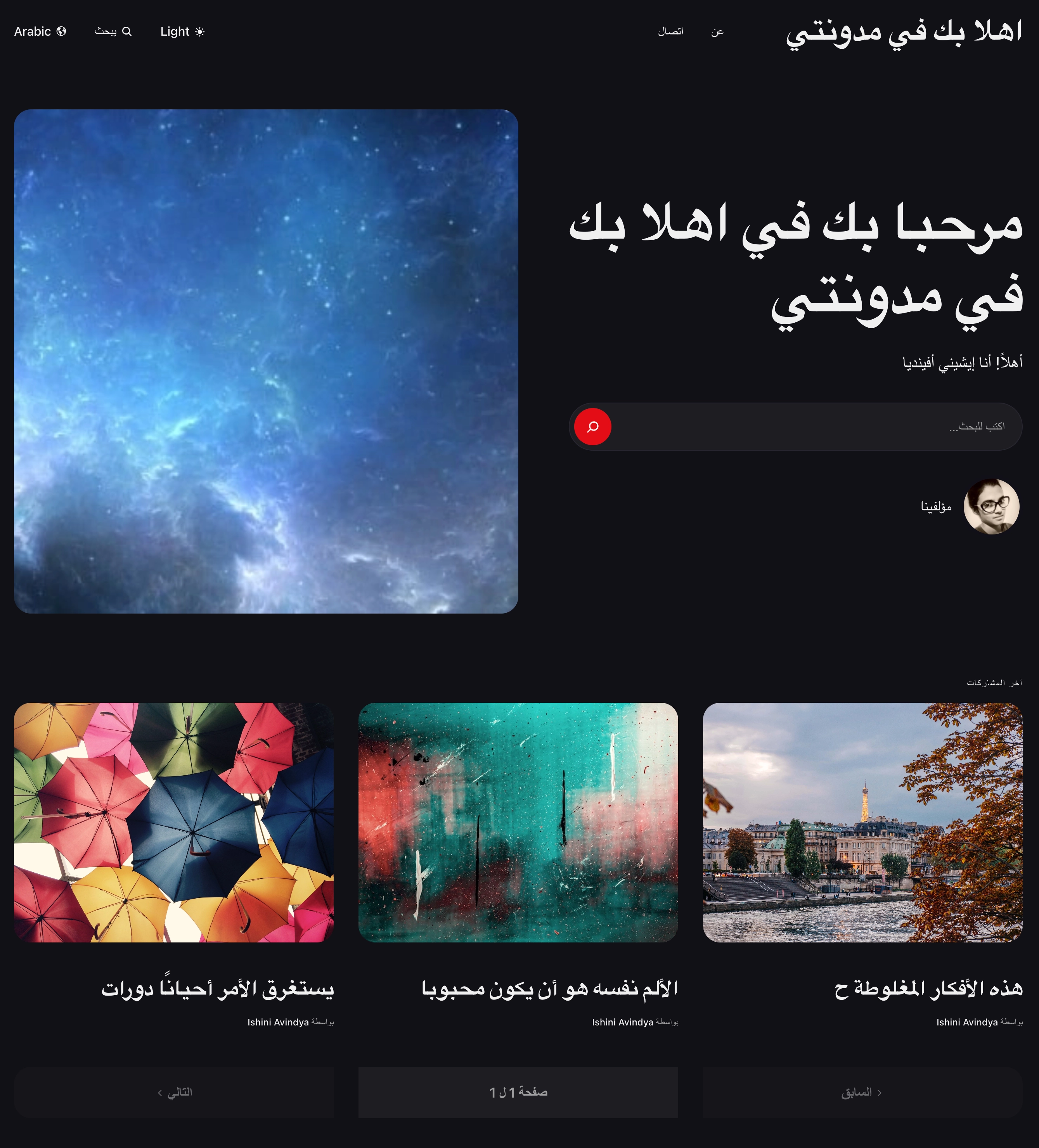
Ishini’s blog in Arabic - Hyvor Blogs Text Editor and Formatting: Asses blogging platform's text editor and formatting options for RTL-friendly functionality, including RTL formatting features like indentation, bullet points, and quotation marks.
With Hyvor Blogs text editor you can type/write RTL language easily and edit the content as your preference as shown below.
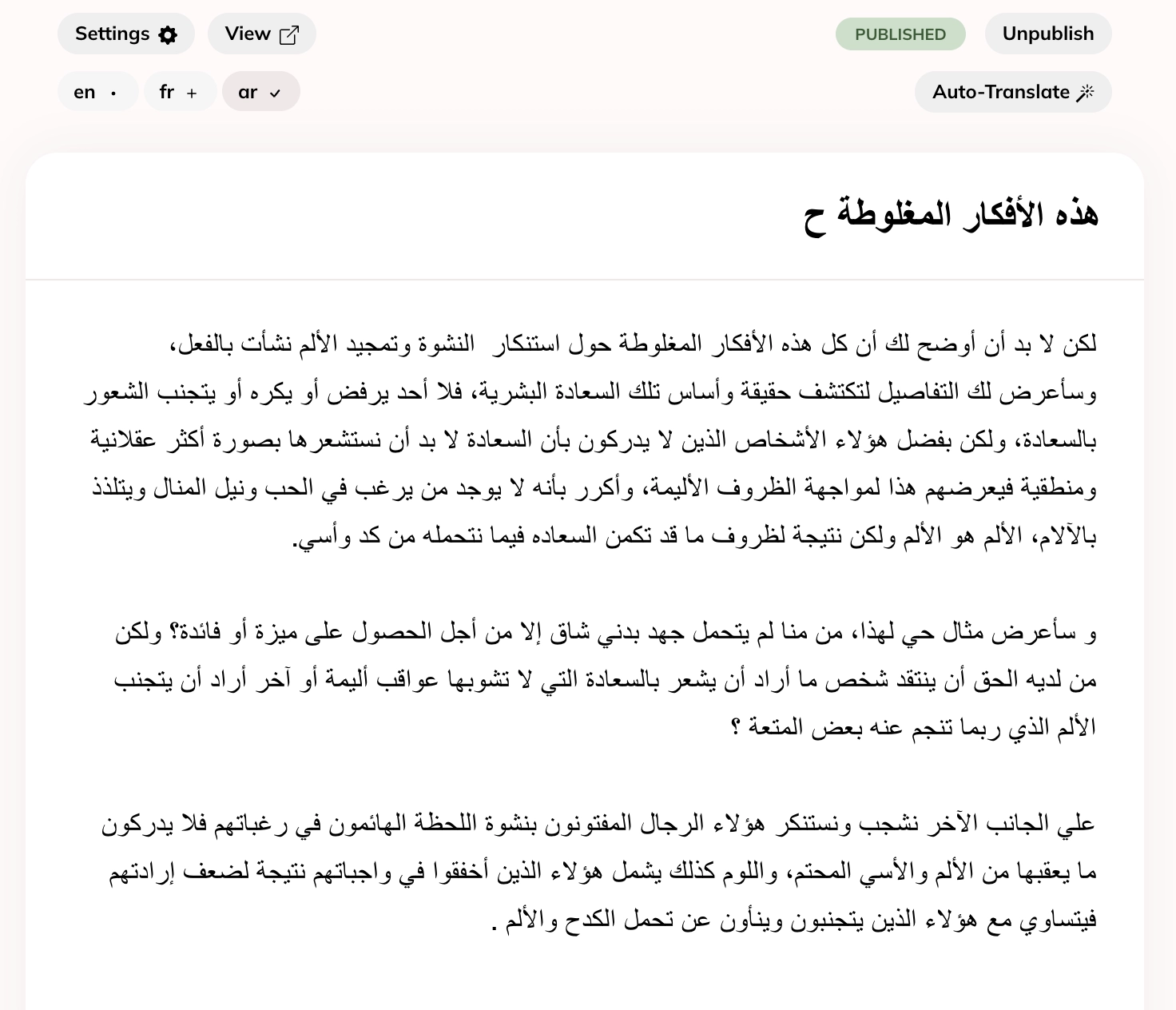
Blog Post in Arabic Multilingual Support: If you plan to have a multi-language blog with RTL and LTR languages, ensure that the blogging platform provides multilingual support.
Performance and Blog Security: Evaluate the blogging platform's performance, security, and reliability for a smooth user experience and data protection.
Evaluate factors to select a blogging platform with RTL tools, features, and support for effective blog creation and management. Test platform capabilities before committing to a compelling experience.
Let’s start blogging with RTL languages
As you have now chosen a blogging platform compatible with blogging using RTL languages, it’s time to start work with the blogging platform.
1. Set the Blog Language: Specify the document language as an RTL language in your blogging platform. This ensures that the platform recognizes the text direction and applies the appropriate formatting rules.
You can simply do this by following these steps. (For demonstration purposes I’m using the Arabic language as the RTL language, but you can choose whatever RTL language you want)
Go to Console -> Settings -> Languages -> New
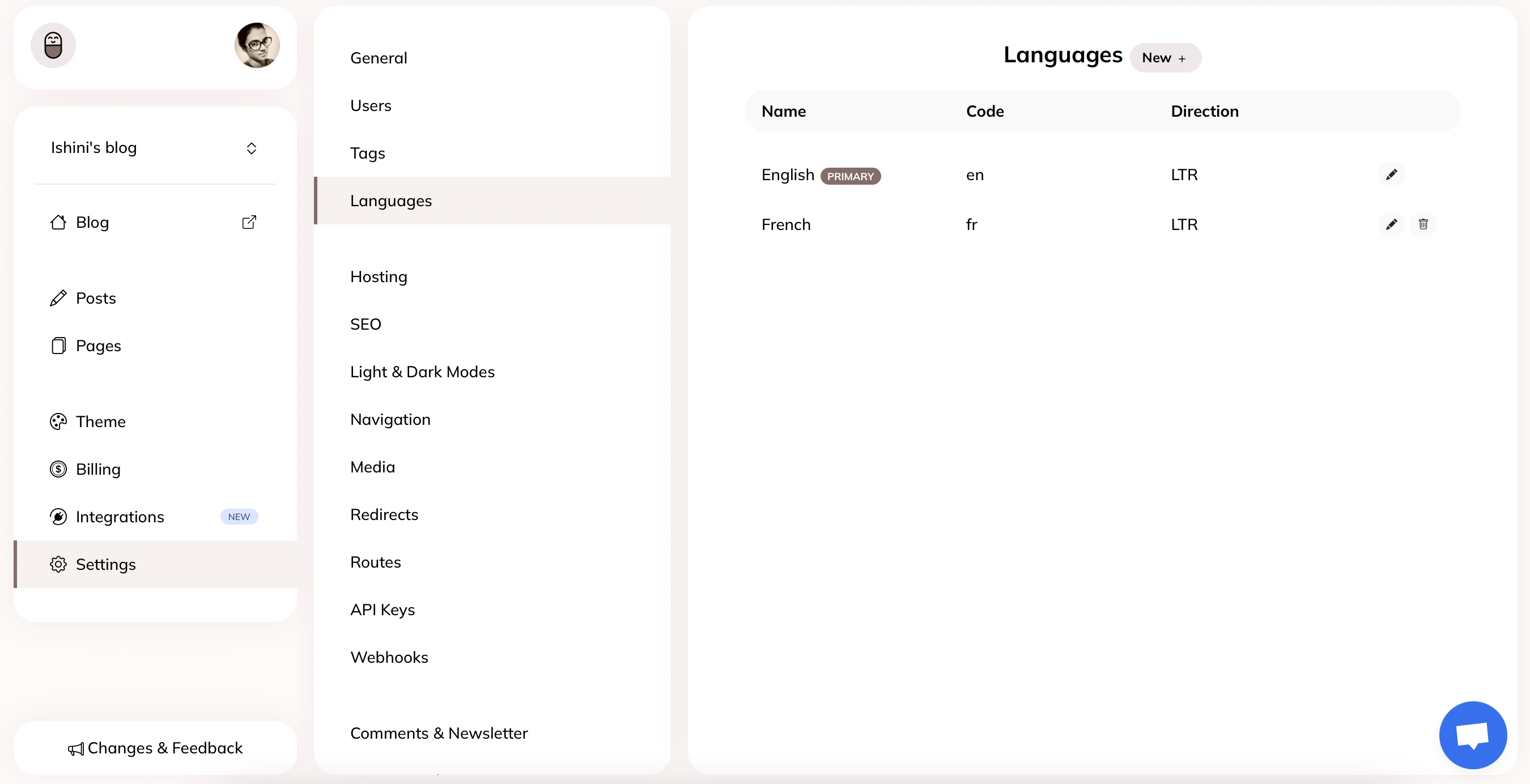
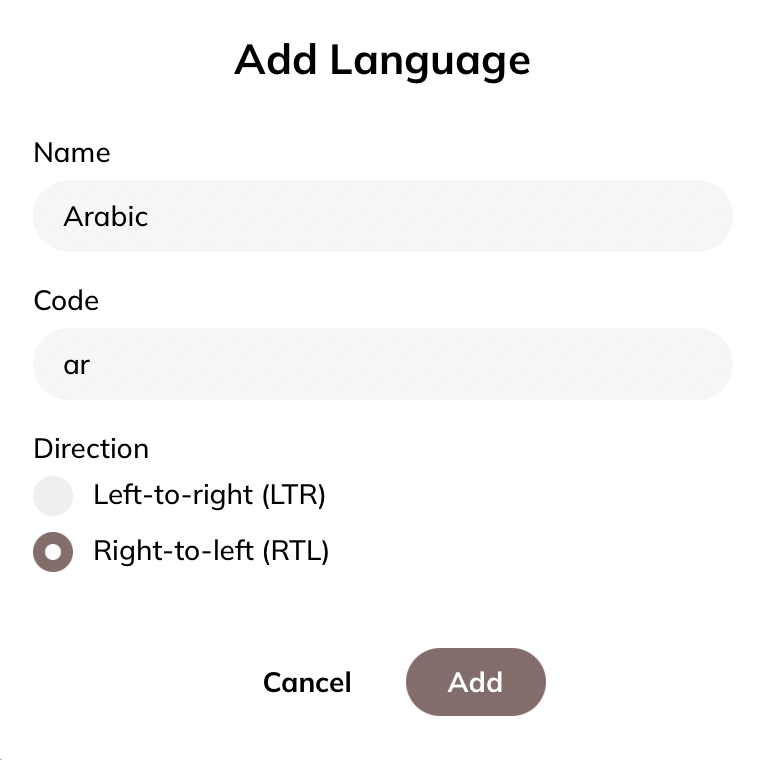
Fill in the details such as language name and language code (Use ISO 639-1 Code). And then select Right-to-left. Click Add.
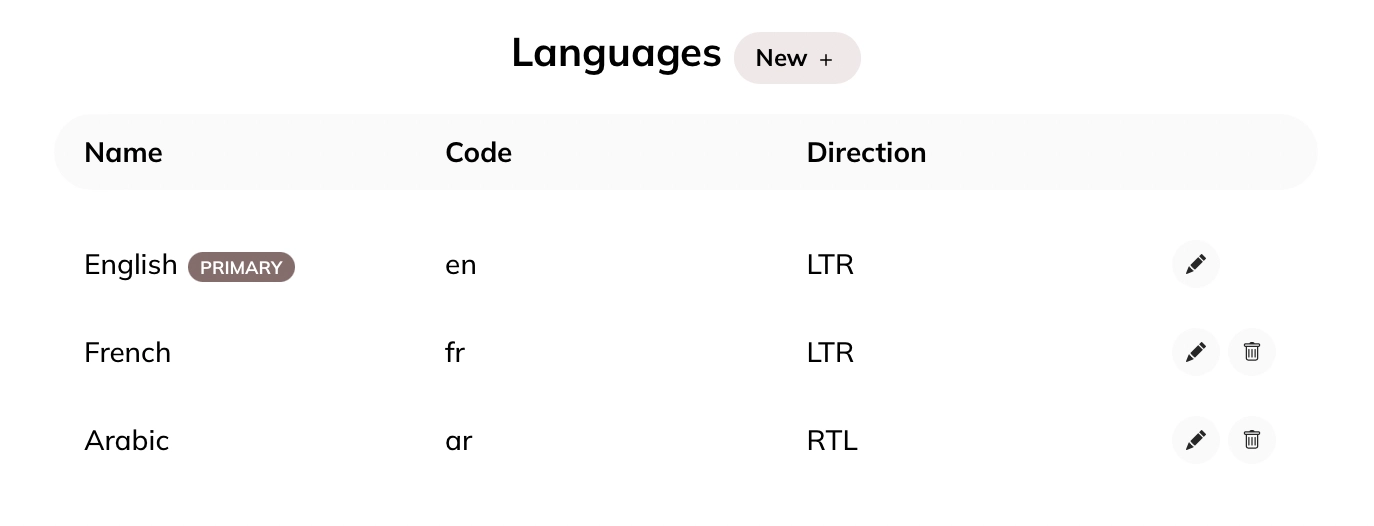
The following image shows how you can switch between RTL and LTR when you want to have both.
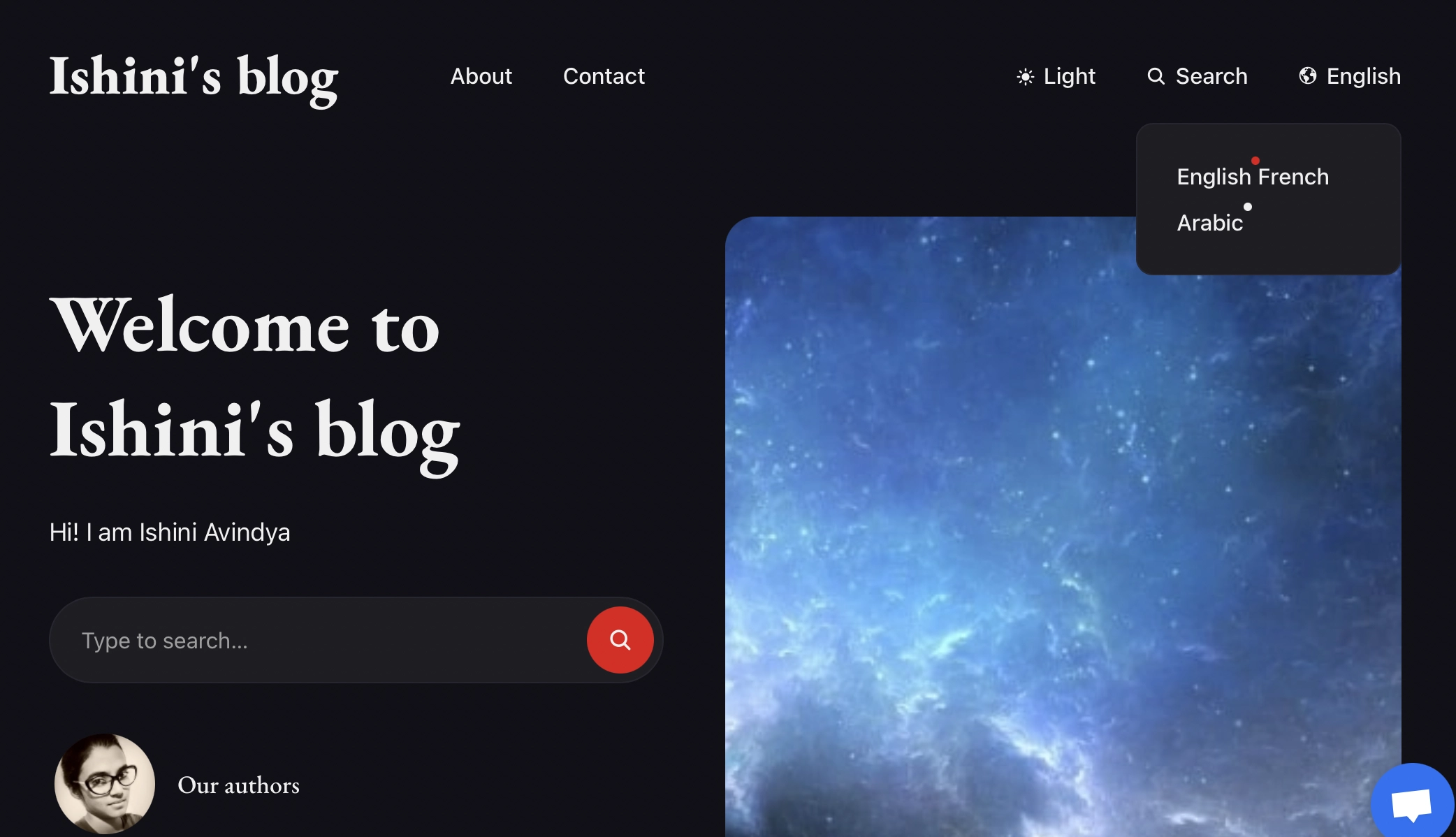


Responsive Design: Ensure that your blog's design is responsive and adapts to different screen sizes. This includes considering the placement and alignment of elements on mobile devices, where space is limited. Test your blog on various devices to confirm that the text direction and alignment remain intact.
Plus make sure that the blog theme you have chosen is RTL language compatible.
In Hyvor Blogs, every official theme is RTL compatible so you do not have anything to worry about the design of your blog.
Optimizing images and media for RTL layouts
Optimizing images and media for RTL layouts is crucial for creating a visually appealing and well-integrated blog.
Strategies include image placement, image direction, text wrapping, captions and alt text, media responsiveness, and consistency in image styles. Image placement should be to the right of the text, while the direction should be mirrored or flipped to align with the text flow.
Media responsiveness should be tested on various devices, and consistency in image styles is essential for a cohesive visual experience and overall blog design.
Using SEO strategies for RTL content - To optimize RTL content for SEO, conduct thorough keyword research, incorporate relevant keywords naturally in blog posts, headings, meta tags, and URLs, and maintain high-quality, informative content.
Craft unique and compelling meta tags and descriptions for each page, using RTL language appropriately. Create user-friendly URLs with descriptive keywords and follow the correct RTL direction and structure, ensuring a wider audience and improved search engine results.
Multil-language SEO Considerations: If your RTL blog is multilingual, consider implementing
hreflangtags to indicate the language and regional targeting of your content. This helps search engines understand the language-specific versions of your blog and deliver the appropriate content to users searching in specific languages.But, in Hyvor Blogs, its in-built SEO does everything about SEO for you that you have nothing to consider.
Analyze blog’s reach: Track blog progress using tools like Adsense and Google Analytics, analyze ad campaigns and traffic overviews, and integrate them into your blog using detailed guides.
I believe that you found the above guide very useful to get a good idea for RTL language blogging. Feel free to comment down below with your ideas, suggestions, and questions.

Comments